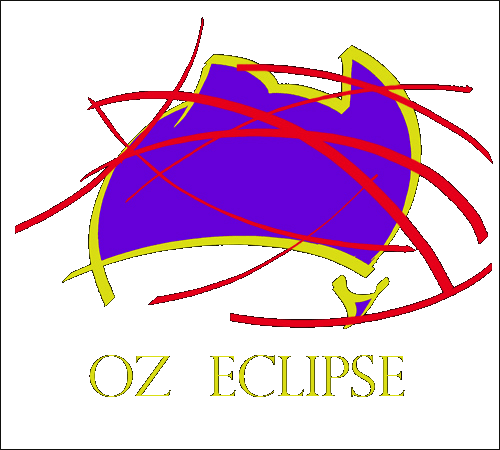
|
|
WAITING FOR THE
SHADOW
Astronomical Observing and Photography
|
Using a Newtonian telescope to view the planets
A little care and attention will pay off!
by Joe Cali
QUESTION:
I'm very new in Astronomy and only recently got a telescope. I managed
to see Jupiter and Saturn for the first time this weekend. My question
is, why do I only see white through my eye pieces? It's a Newtonian
reflector 114mm focal length 900mm and I was using a Kellner 9mm eye
piece. Thanks
ADVICE:
A 900mm focal length and 114mm diameter is enough to see a little bit of detail.
With a 9mm eyepiece, the magnification is 900÷9=100X.
You won't see what you see in pictures taken on large telescopes or
spacecraft but on Jupiter, you should at least see the two equatorial
belts and a hint of the great red spot. Jupiter's moons and their
shadows crossing the planet. On Saturn, you should see the rings, some
differentiation and bading in the rings and the shadow on the surface.
Surface markings on Saturn are less obvious than Jupiter.
The general rule for limiting magnification for a good optic is between
1.5x to 2x per mm of aperture. So for your scope that is potentially up
to 200X.
BUT WAIT!
Before you run out and buy a 4mm or 5mm eyepiece, ask yourself these questions:-
1. Are you observing the planets in the evening when they are low in the east?
2. Is the telescope well-collimated?
3. Are you leaving the telescope outside and allowing it to cool down to the same temperature as it's surroundings?
4. Atmospheric stability (referred to as "astronomical seeing") is
quite variable. Some nights, the atmosphere, even looking high in the
sky is too unstable and you can't use high magnifications.
5. Are you sure you are bringing the scope to focus?
ANSWERS
1. If you observe the planets low in the sky, the turbulent thick
atmosphere you look through will blur our any detail. For tonight,
(July 27th, 2021 and in the southern hemisphere, set the
telescope outside at 10pm local time to cool and start observing at
11pm. For each week that passes from today, you can start the process
30 mins earlier. Always give a small scope about an hour to cool down
before using it. Larger telescopes are equiped with fans to speed up
the otherwise more extended cooling process. Observers in the northern
hemisphere are going through a period where Jupiter and Saturn are low
in the south and never get very high in the sky.
2. The telescope optics need to be well aligned to use higher magnifications. It's a simple process but quite important. This article descibes the process.
3.
If you don't let the telescope cool down before use, convection
currents inside the tube may blur the image or make it boil or dance
around.
4. Seeing is hit and miss. Sometimes it's good and stable, sometimes,
just pack up and go to bed. Some regions, especially those under a
strong jet stream influence have more bad seeing. Others have regular
good seeing.
5. Some beginners put every accessory in the box into the eyepiece tube
before looking. Some telescopes come with an extender tube, and a barlow, which may
or may not be required. Try focussing the telescope on a tree or tower
on the horizon at a great distance during the day, at least 3-4km to
get an idea of where the focus lies. An out of focus image of Jupiter
will appear as a white ball. An in focus image will appear as a small
yellowish white disc with up to 4 moons that look like yellowish white
stars all lined up. Some may be hidden behind the planet at any given
time. Point the scope to a bright star and make sure you can focus it
to a point.
Don't use the aperture mask. It might appear to minimise collimation or
other problems but it will reduce the detail visible.
Resolution gives detail. Bigger aperture gives more resolution. Hence
reducing the aperture with the mask will lower the resolution.
Darkening the image with an ND filter won't make details appear. I view
Jupiter through an 18 inch telescope without filters. Very bright but lots of
detail visible. Your eyesight can cope and adapt to a bright surface.
Our acute vision is our daylight or cone vision, also our colour
vision. Our night vision(rods) is less acute but more sensitive to low
light. Planet detail is better seen with a brighter image than dark.
Certain coloured filters like a Moon filter might increase contrast but
again, this isn't your primary problem. Solve the other problems before
trying filters.
Good luck and enjoy
Joe Cali

